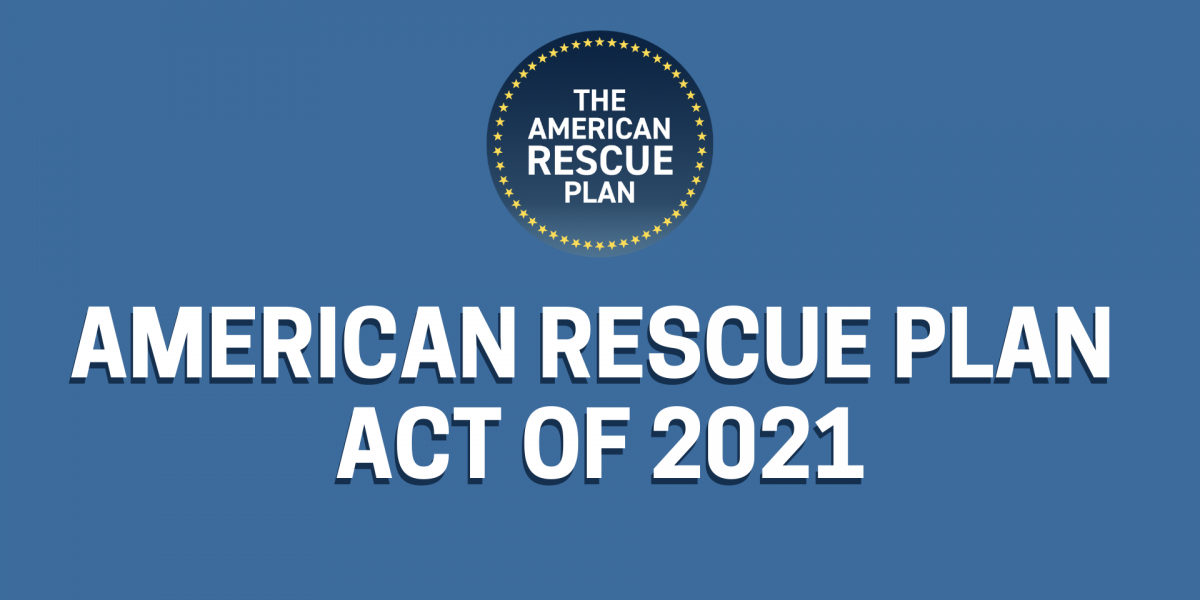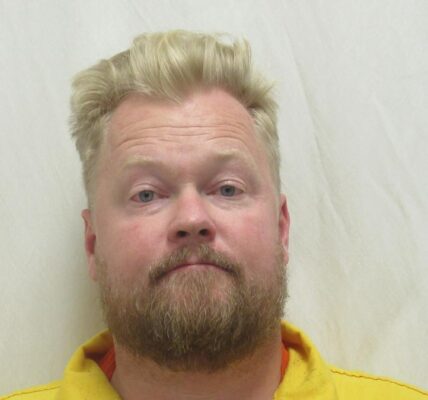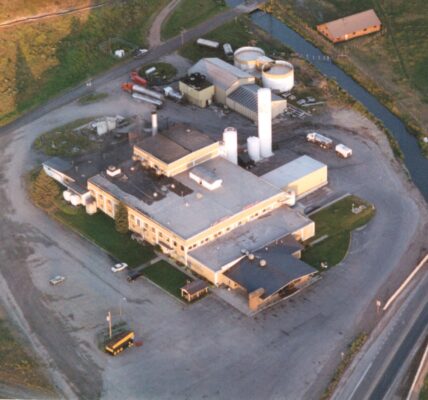By Joel Funk, WyoFile.com
CHEYENNE — Wyoming’s plans for more than $1 billion in federal recovery funds related to the COVID-19 pandemic took on more definition Monday with an emphasis on tax relief for businesses.
Multiple pieces of federal legislation have amounted to more than $8 billion in COVID-19 relief for Wyoming. The lion’s share of that money was in the form of direct payments to individuals, with the second largest in direct aid to businesses.
The state had $1.25 billion available in discretionary funds from the Coronavirus Aid, Relief, and Economic Security Act, or CARES Act, a $2.2-trillion bill signed by former President Donald Trump in March 2020. The second major stimulus bill, The American Rescue Plan Act, or ARP, passed earlier this year, is a $1.9-trillion relief and stimulus package. The state has received $534 million in ARP funds to date, with another $534 million expected in 2022. U.S. Sens. John Barrasso and Cynthia Lummis and U.S. Rep. Liz Cheney, all Wyoming Republicans, voted against ARP’s passage.
Members of Gov. Mark Gordon’s staff presented an update to the Wyoming Legislature’s Joint Appropriations Committee on Monday, explaining how money has been spent and where remaining dollars should go.
Perhaps the biggest question is to what level the state will be reimbursed by the Federal Emergency Management Agency for CARES dollars spent on emergency response. The estimated range was updated during Monday’s meeting to somewhere between $81 million and $104 million. The catch is that the money must be spent before the Dec. 31 deadline.
It was unclear Monday when precisely the FEMA reimbursement could be expected — officials are hoping sometime in September — but State Budget Department Director Kevin Hibbard told lawmakers he believes the state can meet the tight deadline.
“Expect us to be very busy in, say, late October or early November, so that we can make sure that every single dollar is leveraged,” Hibbard said.
The state in June submitted one tranche of $41 million to FEMA for testing kits and community testing sites. Applications for tens of millions more — for testing services, temporary medical staffing, at-home testing kits, on-site employer testing, lab supplies, medical equipment and a media campaign — will be submitted in coming weeks.
The emphasis through 2020 for federal relief money was protecting lives, Renny McKay, Gordon’s policy advisor, said. Spending on health care, testing, contact tracing and preserving livelihoods with investment in business relief were the two largest buckets of spending from CARES Act dollars.
When all is said and done, the category that will receive the largest CARES Act sum — $436 million — is economic and business relief, including agriculture, according to state figures. Education resilience accounts for the next largest sum of $187 million, followed by $134 million for testing and contact tracing and $125 million for local government and tribal response and preparedness.
Senate File 118-Federal emergency COVID-19 relief funding, passed during the 2021 general session, authorized pandemic-related expenditures that had been approved in 2020 but not yet spent. Section 3 of the bill allowed the governor to extend programs from 2020 with a cap of $18 million.
The $12 million Energy Rebound Program, which has funded 54 applicants for 216 projects, will continue under that stipulation. The $2 million agriculture meat processing program will too. The application period for the latter is currently open.
The tourism industry, which took a blow in 2020 according to a Dean Runyan Associates economic impact report, will benefit from $5 million in CARES Act dollars going toward marketing Wyoming as a travel destination. Another $6.5 million will be funneled into an expansion of state parks meant to deal with crowding. Broadband and communications infrastructure will see a $200,000 influx of CARES dollars.
Remaining potential CARES Act expenditures will come from two sources: FEMA reimbursement and $20-million set aside in SF 118.
The hallmark of those potential expenditures, McKay said, would be $60 million in tax relief for businesses.
“This is really where we’re putting our major focus for that business survival in 2021,” he said.
Other areas include: mental health, substance abuse and suicide mitigation ($1 million); Department of Corrections substance abuse disorder backlog ($1.2 million); youth crisis service demand ($1 million); and a yet-to-be determined amount in the millions to prevent the loss of commercial air service.
Unlike planning for the CARES Act dollars that must be spent by the end of the year, the state has more time to be thoughtful with its approach to ARP money, McKay said. ARP allows the state until Dec. 31, 2024, to obligate the funds and until Dec. 31, 2026, to spend them.
Gordon’s “strike team,” assembled in June to devise how to spend stimulus dollars, established goals that will guide a legislative proposal for consideration in 2022 or 2023, McKay said.
The first goal for ARP dollars would be to attract and retain families and young adults in Wyoming, followed by strengthening the economy by bolstering existing industries and growing new ones, McKay said. Workforce development, improving high-speed internet service, health care cost solutions, expanding outdoor recreation, promoting and enhancing the food supply and more follow as broad goals.
Very little ARP money has been spent, McKay said, but cities, towns and counties have already received some of the funds. Pass-through money directly from the federal government went to Cheyenne and Casper, while the other 97 municipalities received money from the governor’s office in a first tranche of $23.9 million. Of those, 78 have seen funds transferred while another 15 entities are waiting on final documentation.
Four municipalities — Bairoil, Elk Mountain, Lost Springs and Riverside — declined the funds. Erica Legerski of the governor’s policy staff said she did not know why most of those entities turned down the federal money, only that Lost Springs indicated it did not need the money.
The state’s proposed figure of $1 million to bolster mental health, substance abuse and suicide mitigation services is frustratingly low, Andi Summerville, Wyoming Association of Mental Health and Substance Abuse Centers executive director, said.
Wyoming pays for many mental health and substance abuse services provided through a network of community behavioral health centers. In recent years the state put about $44 million annually into such programs, but demand for services consistently outstripped funding and supply. Then budgeters reduced mental health funding by $7.5 million annually — roughly 17%.That reduction was put in place July 1, the first day of the fiscal year. Additional sources of funding from the Department of Corrections and Medicaid were also cut, Summerville said.
“They’ve taken probably at least $10 million in cuts just for this year that we’re aware of,” Summerville said. “With an increased need — crisis is one of the most expensive services to provide because it requires maintaining 24/7 coverage of calling providers out in the middle of the night — and certainly the budget reduction, it doesn’t make for enough money to make the system go ’round.”
Wyoming has felt deep negative impacts in its healthcare system due to budget cuts to Medicaid and other key programs, Eric Boley, Wyoming Hospitals Association president, said. One of the most challenging areas of healthcare overall in the state, he said, is treating mental and behavioral health. In particular, there is a lack of caregivers.
An influx of money could make a significant difference, Boley said.
“With COVID we’ve seen an already difficult situation exacerbated,” he said. “I know [mental and behavioral health] is an area that needs more funding and more attention.”
Wyoming lawmakers and stakeholders are involved in a yearslong process to redesign the state’s mental health and substance abuse system. It comes as cuts have left communities across Wyoming grappling with how to continue providing services.
One top priority for mental health, substance abuse and suicide prevention advocates is expanding the suicide hotline to a 24/7 service. Summerville said a system could be propped up for less than $1 million for one year, and a two-year plan would cost around $1.2 million.
“We are seeing good results out of the direct connection to care when somebody calls in, ensuring people are getting into services, so we know that’s having an impact,” Summerville said of the hotline’s existing services. “It terms of suicide mitigation, we thought [making the suicide hotline 24/7] should be the top priority.”
Another need, she said, is upgrading existing facilities and potentially constructing new ones.
“Wyoming could have a very long-lasting impact in our ability to keep people in the state and in their communities, ideally,” Summerville said. “That’s one thing that we haven’t gone down the road on right now.”
The state is conducting a residential bed study that Summerville said should help define the level of need.
Gov. Gordon has made a “substantial investment” of discretionary CARES Act funds for mental health, substance abuse and suicide prevention, believing it’s “a key part of Wyoming’s response to the COVID crisis,” his communication director Michael Pearlman said. Last year, Gordon allocated $5 million directly to mental health providers, Pearlman said, though not all of the funds were used in the allotted time frame.
The $1 million of remaining CARES Act money for mental health and substance abuse proposed to lawmakers Monday is “just the beginning” of the governor’s intended investment in the area, Pearlman said.
“These funds will address some of the immediate needs related to mental health, substance use and suicide prevention,” he said. “Other proposals are being considered that will assist in stabilizing and building a sustainable infrastructure in Wyoming. We realize that there is a need in the state, however it is imperative that we don’t just inject money into a system that is struggling without carefully taking everything into consideration.”
The strike team, Pearlman said, is taking time to evaluate the state’s needs considering all of the funds coming to Wyoming from different federal programs. Another $2.2 million in non-discretionary spending aimed at mental health and substance abuse is outlined in the strike team’s Proposals for the Future plan, released June 11.








